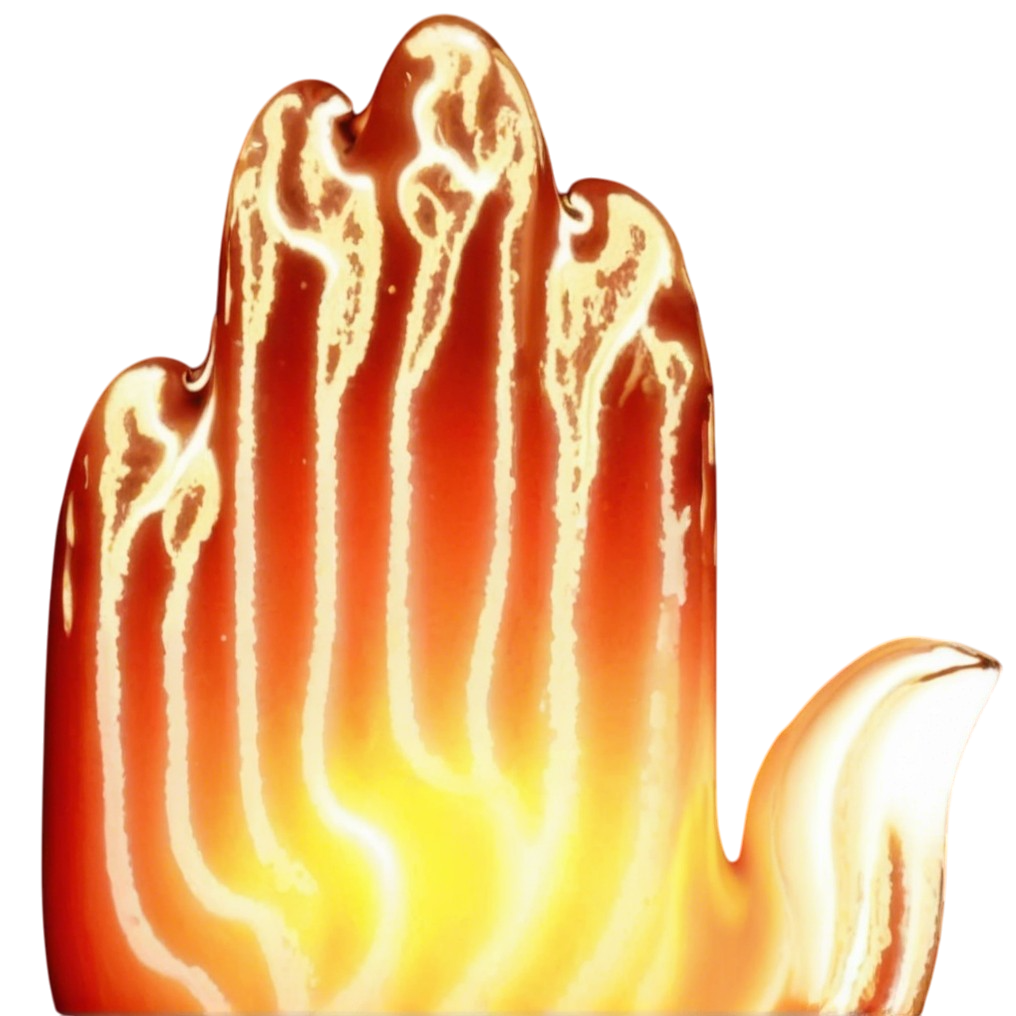False Vacuum Collapse: Threat to the Universe or Science Fiction?
In the world of physics, there are many mysterious and intriguing concepts, one of which is the decay of the false vacuum. This idea, although reminiscent of science fiction, is based on rigorous theoretical calculations and has attracted considerable attention from the scientific community.
1. The Nature of Vacuum in Physics
In everyday language, a vacuum means emptiness, the absence of matter. However, within the framework of quantum physics, a vacuum is not simply empty space. It is a state with the lowest possible energy, a dynamic medium permeated by virtual particles that are constantly fluctuating in their existence.
2. True and False Vacuum
Consider a hill with a hollow at the top. A ball lying at the bottom of the hollow is in a metastable state – a local energy minimum. However, if the ball is disturbed enough to break out of the hollow, it will roll down to the foot of the hill, representing a global energy minimum.
A similar scenario can happen with a vacuum. A true vacuum is a state of global minimum energy. A false vacuum is a metastable state, a local energy minimum, which can persist for long periods of time, but is not absolutely stable.
3. The Process of False Vacuum Decay
False vacuum decay is a hypothetical process in which a false vacuum transitions to a true vacuum state. This transition can occur spontaneously due to quantum fluctuations or be triggered by external influences, such as collisions of high-energy particles.
This process is often described as the birth of a “bubble” of true vacuum inside the false vacuum. This bubble then expands at a speed approaching the speed of light, transforming everything in its path into a true vacuum.
4. Consequences of False Vacuum Decay
The consequences of false vacuum decay could be catastrophic for the Universe. Changes in the properties of the vacuum can lead to changes in fundamental physical constants, such as the mass of the electron, the force of gravity, or the speed of light. This, in turn, can lead to the disintegration of atoms, stars, planets, and all known structures of the Universe.
5. Probability of False Vacuum Decay
The probability of spontaneous false vacuum decay in our Universe remains unknown. Theoretical calculations give different results: some researchers suggest that it is extremely unlikely, while others do not rule out this possibility.
6. Connection with the Big Bang
One hypothesis suggests that the Big Bang itself was the result of a false vacuum decay. According to this hypothesis, a false vacuum existed at the beginning of the Universe, which then decayed, giving rise to our current Universe.
7. Experimental Data
In recent experiments using a ferromagnetic superfluid, a similar process was observed – the decay of a metastable state. This experiment provides the first experimental evidence of the possibility of false vacuum decay, albeit within a separate physical system.
8. Conclusion
False vacuum decay is a hypothetical but intriguing phenomenon with potentially profound consequences for the Universe. Although the probability of spontaneous decay in our Universe is currently unknown, the study of this phenomenon expands our understanding of the fundamental laws of physics and the nature of the vacuum. It is important to emphasize that, despite alarming descriptions, there is currently no compelling evidence that false vacuum decay poses a direct threat. It remains primarily a subject of theoretical research and reflection on the nature of the Universe.
Sources
The article is based on materials provided by the Mud Fossils University
